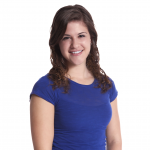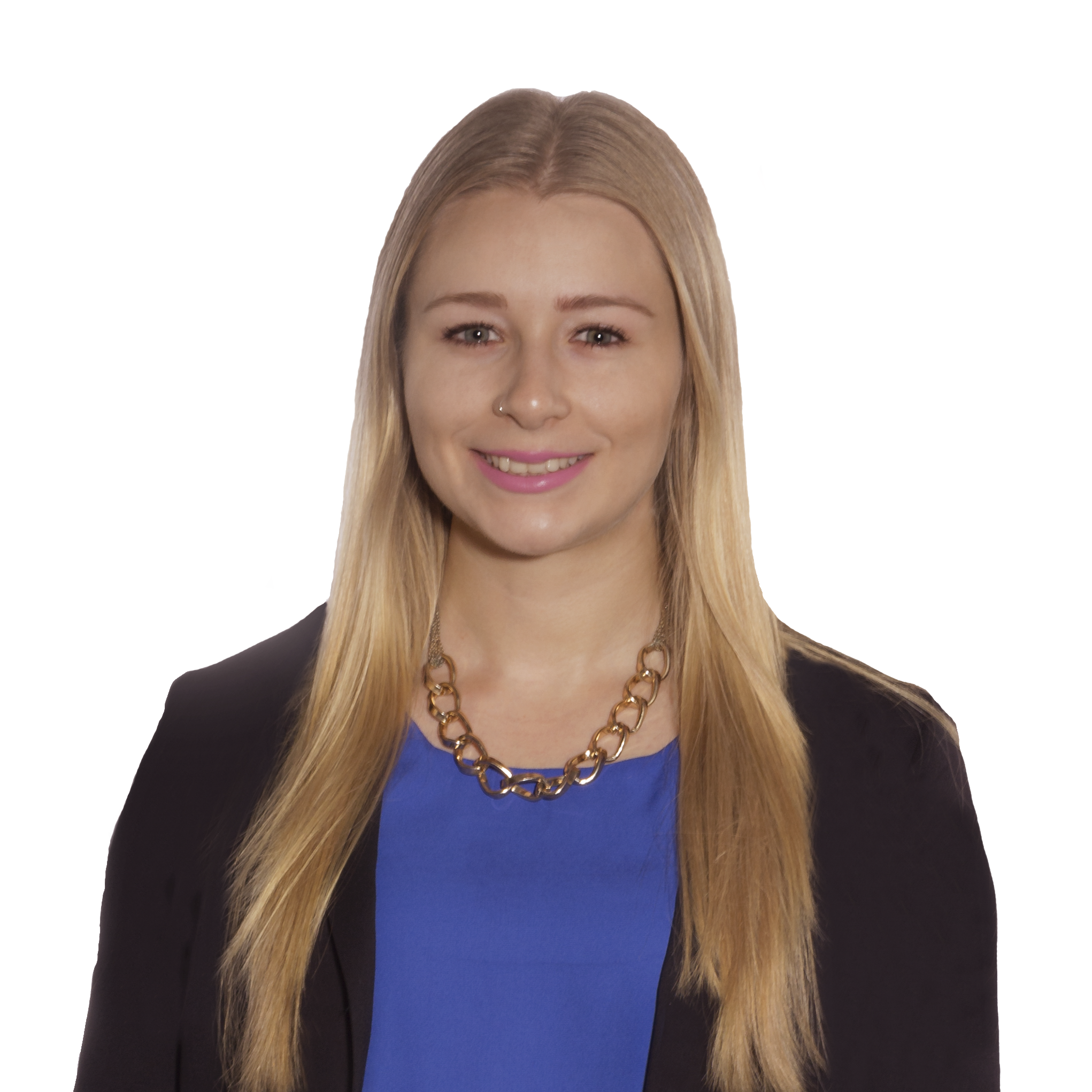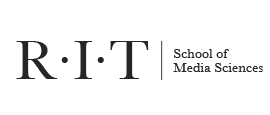Q and A with Master’s Alumnus Trevor Schroeder

February 17th, 2015, by Traci Turner
Trevor Schroeder, alumnus of The School of Media Sciences’ MS Program in Print Media, found the program to be beneficial in preparing him to pursue a career in the print media industry.
After graduating last spring, Schroeder now assumes the title of West Coast Technical Graphics Advisor at Harper Corporations of America. The company sells anilox rolls to the flexographic industry and Schroeder is responsible for providing technical support for the product.
In a recent interview, he shared with us some highlights about his experiences in the master’s program and how his degree helped him land his job.
Q: What made you decide to pursue a MS in Print Media at RIT?A: My undergraduate degree was in Graphic Communication from California Polytechnic State University which is the same as print media. Out of undergraduate study I was not ready to get a full time job in the industry and I knew at some point in my life I wanted to obtain a master’s degree in print media. By changing schools and moving to Rochester, I was able to continue my education and grow over the next few years in the master’s program at RIT. It is amazing how much you grow in the program in terms of learning how to research.
Q: Can you describe your thesis topic and how you conducted your research?My thesis was on adapting to print technologies in the packaging printing industry. Conventional printers are for packaging. Anything you see at the grocery store has a printed label on it and all that has to be produced. During my undergraduate study, I specialized in packaging as part of my graphic communication degree and I wanted to expand my knowledge further on this topic. In a thesis master’s program you don’t have to answer before you start but you are able to apply your interests to the research that you do. You get to research in a field you enjoy in order to find knowledge in that field that you don’t know. I went to RIT to continue to expand my knowledge in packaging and quantify a question which was, “how is print technology being adopted?” I attempted to explain the adoption of digital label printing from a behavioral perspective and people’s attitudes towards it. The group I researched was people who were traditional printers.
Q: What were some of the classes you took that you considered valuable?A: Operations Management in Graphic Arts was very useful. However, all of the coursework you do is very important in formulating your degree and giving you the necessary tools to conduct your research.
Q: Were you involved with any clubs, jobs or other activities while studying at RIT?A: I was a part of Connect my second year on the digital asset management team for their Imagine RIT project, CaptuRIT. The master’s program is relatively small so students tend to help out groups like Connect or other clubs throughout the year. Most of my work was on campus helping professors teach undergraduate courses. Graduate Assistant work is a part of the program and I did it both years.
Q: How did you get your job?A: I had an undergraduate degree from Cal Poly. As a result, I relocated back to the West Coast and conducted my job search out there. Without my master’s degree, I would not have gotten my current job. I would not have been competitive enough in the job field. With a master’s degree, you can apply for jobs that require years of industry experience. A two-year master’s degree on the job market can eliminate the need for extensive work in the field. My job description required several years of experience in the industry and the only experience I had was academic.
Q: What are your daily tasks at your job?A: The biggest function of my job is to serve customers and provide technical support for the product.
Q: What are some of the skills you learned in the courses that you apply at your daily job?A: Classes like Operations Management in Graphic Arts and Technical Writing were very practical for my job. The Tone and Color Analysis Course is also very useful if you are in the color critical world of printing. People talk every day about standards and if you don’t have a background on the subject it is hard to learn on the fly. The information in the class definitely gives you a solid backbone for communicating color in color critical applications. Other classes are practical for academia, such as Research Methods and Trends in Graphic Media.
Q: Where do you envision yourself later in your career?A: I want to be involved in the future of flexography and by extension package printing as well as other relative printing technologies.
Q: What advice would you give to undergraduate students going into a master’s program?A: May the force be with you and finish strong. The hard work and commitment will pay off in the end.






Connect with Us